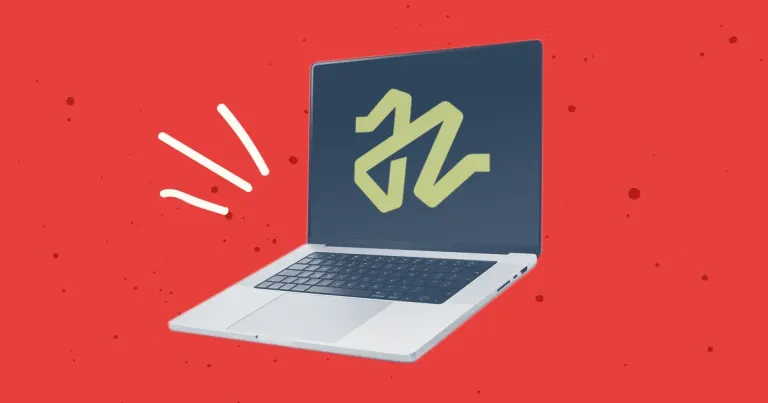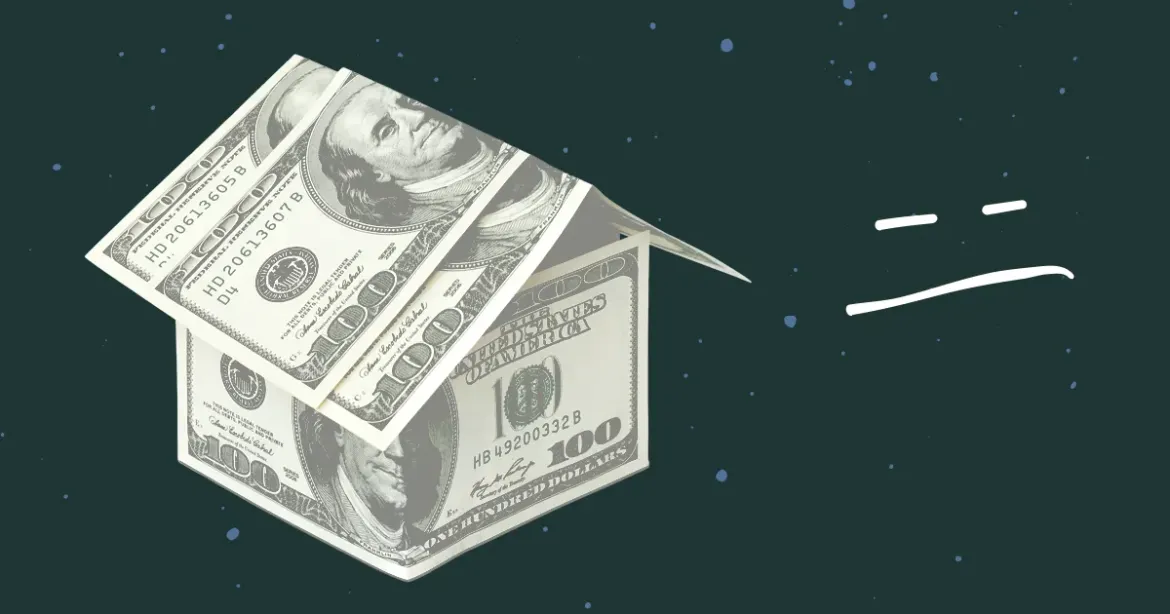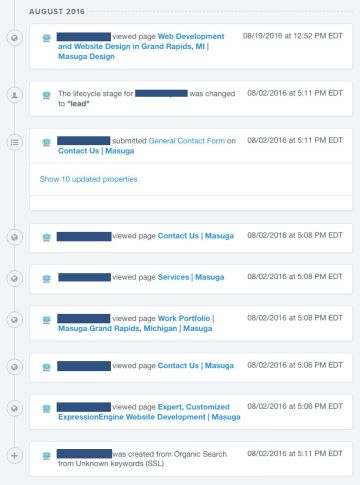
Discontinuing CP Filters for Craft CMS Commercial Plugin Sales
We’ve discontinued CP Filters for Craft CMS 5. Lab Reports and Link Vault will be updated. We still use Craft, and want to focus on creating great websites for our clients.

In Part 1, I explained why we thought inbound marketing would be a good idea for us, and our decision to finally sign up with HubSpot. Here's what happened over the next few months.
We had a lot of calls with our “channel consultant” to keep us on track with our training towards being a HubSpot partner. I got certified in HubSpot Inbound Marketing and passed the HubSpot Design certification as well. We started planning out campaigns and offers and blog posts to write. We began figuring out our personas (this is the key to the whole idea of inbound - who are you writing content for? who are giving offers to?) and doing everything we needed to do to move the process forward. Paying hundreds of dollars a month for a system and the training that goes with it meant I was going to be a straight A student.
I feel like I spent this whole month in college - watching videos, taking tests. The whole time I was thinking - is this what I should be doing? Turns out that feeling would never go away.
This month was uneventful and largely about trying to write more targeted content, which you can see if you look at what we published that month:
More calls with our channel consultant. We were starting to get some decent quality leads via the site. I converted the “ExpressionEngine Rescue” page on our site from a plain ol’ page into an “offer” - which is essentially gating off our content. So, before it was an “offer,” a user could simply view that page and read everything about it and maybe email me. Now that it was an offer, I put the meat of the service details into a PDF and ask for an email address in order to download it.
The results of switching normal PDF downloads to offers have been eye-opening, because now I know who is interested, and have a lot of information about the user before I contact them (see below where I talk about how we updated our contact form to be a HubSpot form for more details). The key to inbound really is getting someone to give you their email address - that’s when the HubSpot system starts working its magic.
We’ve now had some training under our belt and have some campaigns and offers in place.
As far as our progress in our training, we were very far ahead of where we needed to be - I think our “channel consultant” was legitimately blown away by how fast we were progressing through our list of to-dos. We know we had no time to waste - the revenue time-bomb was ticking.
Once you have an email address, you can see exactly what visitors are looking at or downloading.
We had converted our contact form from a regular contact form into a HubSpot form, which was very interesting. As just mentioned, HubSpot is wild and shows you its power once you can get a visitor to give you their email address. Once they give you an address you can learn so much about them before you reach out to them. The email address is the Golden Ticket. It’s almost a little creepy. We did a screen share and the HubSpot rep showed us what they had in their system about us - every page we visited, everything we looked at, downloaded, etc. Now we were getting that information ourselves about visitors to our own site.
I had to downsize (see our recent article on our “perfect lull” and how that impacted our bottom line). The casualty here was the person we had spending the most time on our HubSpot certification and content creation. This means further offers and content creation would slow down unless I could carve out more time to keep up on the content.
Had a call with our channel consultant about having to downsize. We were totally “off script” for what this call was supposed to be about. He immediately started offing suggestions and helpful links when I mentioned that in order to keep putting out content, I would probably have to contract with someone.
Then, at his suggestion, we completely changed the trajectory of our HubSpot training. He asked, “In light of what happened, how can I be of the most use to you? What would be the most useful next step for you?” I said that I had a couple potential clients that I thought could really benefit from HubSpot’s platform (or inbound marketing in general) but I had no idea how to bring this up or pitch it. So we switched gears and decided to fast-track the inbound marketing sales training - because that’s what I wanted, and needed the most right now.
I have to say, I really liked the customer service. He seemed legitimately interested in helping.
What I quickly realized after a week or two is: inbound is practically impossible to do on one’s own, while trying to run a small web studio. It wouldn’t matter how fast I could type. Inbound is a time-consuming endeavor. It would take me forever to write all the content I was supposed to write in order to attract our dream clients, and then I would have no time to spend actually taking care of those clients.
The only people downloading our content were other developers (I saw a lot of names and emails I recognized from the ExpressionEngine world or the Craft CMS world downloading this or that PDF - most likely to check out the content to use in their own stuff). Few of these people were potential buyers. Our contact form was mostly people from overseas looking to contract with us for SEO.
This is the month I started to have serious reservations, particularly for the cost for a small business. Even with the deal they cut us, we’re still paying about $500/mo and aren’t seeing the return yet (of course, I hadn’t been churning out content every week, either). No customers directly from this! Any new clients we’ve been getting have been almost entirely via referrals - nothing at all to do with HubSpot or any articles we wrote for anyone on their “buyer’s journey.”
The only clients we were getting were for our already very specific ExpressionEngine site reviews, which existed before we added HubSpot to the mix.
I started looking at alternatives again. Unsurprisingly, other places know all about these types of searches, and they have ready-to-go landing pages (how’s that for inbound traffic?) to cater to questioning inbounders like myself. See this one: https://www.formstack.com/hubspot-alternative
I questioned what parts parts of HubSpot were we really using. What were the pieces that I felt were worth it? For example, we were using Pipedrive as our CRM before trying HubSpot’s CRM, and Pipedrive was (and is) in my opinion, nicer than HubSpot’s offering. We weren’t using HubSpot’s blog platform at all - why in the world would we not want to use a CMS that we’re familiar with, such as Craft CMS, the one our site currently uses? And if we're not using HubSpot's platform, there goes half the reason for signing up in the first place.
After a few months, here’s what I’ve liked about HubSpot:
Here are the things that we’re not really using or don’t care about:
Things I’m (Still) Ambivalent About:
Things I still don’t like:
By the end of June, I was finding it really hard to see how this is going to be viable for us going forward.
I’m done. It wasn’t even due to the fact that I read Dan Lyon’s book Disrupted about his disturbing tenure in the very odd office culture at HubSpot (which was very entertaining). OK, maybe it was in part due to that (it sure sounds like a company I don’t want to give my money to…such waste!). It might have been the straw that broke the camel’s back, but I think it was just product burnout. We’re paying a lot for a platform that, to effectively work, still requires us to put in time (we don’t have) writing boatloads of content for content’s sake, which I simply do not want to do. The thought of churning out listicles day in and day out for personas named “Marketing Mary” or “Developer Dan”, based on whatever is striking my fancy this month turns my stomach. I thought of all the top-notch services I could get to fill the gaps and how much less a month all those other services would be combined. And I only need to replace the services that we were actually using! Exciting!
I unsubscribed from every HubSpot email list that I was on (that I know of!). I’ll be in their system forever, and some college student, somewhere, will forevermore get lead revisit notifications if I ever happen to hit one of their pages again. I hope you enjoy looking at my data, even though it will be of no use to you, college co-ed.
By now, I’m not using any of the tools - and I’m barely tracking emails, which was one of my favorite features.
We were charged our one final (backbreaking) charge from HubSpot, and an email from our channel consultant touching base in an effort to resuscitate our “partnership” - which, as we know by now is not how I ever looked at the relationship.
Hey Ryan
Hope all is well! I know you were heads down a few months back, and I wanted to re-connect with you and schedule a quarterly progress review call in the next few weeks. Do you have some time coming up?
You did such a great job with the first campaign, and the response was honestly unprecedented for what I typically see with brand new Partners. I'd love to work together to make inbound a big success for Masuga. Please drop me a line when you get a chance.
- A
As nice and supportive as that email was “You did such a great job with the first campaign, and the response was honestly unprecedented for what I typically see with brand new Partners” I decided to drop the hammer and tell them there won’t be a need for any more calls:
A -
Thanks for touching base. Thanks for the kudos on our first campaign - it was a good learning experience, but I think focusing on inbound is the wrong approach for us. Our quality clients and leads are overwhelmingly from referrals.
We revamped how we're marketing (focusing on existing clients and referrals rather than inbound) and things are going incredibly well now - our pipeline is full for months.
I haven't been using the tools at all, and am not going to continue with an inbound strategy. If HubSpot weren't a year commitment, we'd have cancelled by now.
Let's not plan on having any further calls - they aren't needed and I don't want to waste your time. Per the terms of service, I'll be cancelling our subscription some time between Nov 21, 2016 and Jan 4/5 2017 ("...no more than 90 days, but at least 45 days, before the end of the Subscription Term.")
Thanks for all your help while we gave HubSpot and inbound a shot!
- Ryan
Cancelling HubSpot is a bit tricky - you have to time it right. From their agreement:
Written notice of non-renewal must be sent no more than ninety (90) days but no less than forty-five (45) days in advance of the end of the Subscription Term, unless otherwise set forth in your Order Form. Should you decide not to renew, you may send the notice of non-renewal by email to accountmanagement@hubspot.com.
I had to do some careful math here (hmm, carry the 1….minus 5…) to determine that I must cancel between Nov 21, 2016 and Jan 4/5 2017. So I set a Google calendar event on Nov 21 to email HubSpot to cancel. I’m sure there will be more to extricating myself than a simple email, but we’ll see. Maybe I’ll try the “it ruined our identity” line. If nothing else, I’ll get to listen to hold music while they try to figure out how to respond to that one.
Now for the exit plan. I now need to un-do all the HubSpot stuff we did. I don’t even care about keeping it around, even though we paid for it through February 2017. Re-do the contact form. Get rid of the pop-out calls-to-action anywhere on the site. Remove the tracking code.
Find a replacement for Sidekick for Gmail. Find a replacement for scheduling. I still see the value in landing pages, but we’ll likely re-do landing pages right in our own Craft CMS and track downloads of our PDF files with our own Craft plugin, Link Vault. We won’t get all the insight that a HubSpot download form would provide - but I wasn’t much using that data anyway, so no big deal.
I’ve found plenty of decent services to replace those things I did use in HubSpot. For the things I wasn’t using but was paying handsomely for: good riddance.
I’m sort of resentful at the amount of money this experiment cost. How did I ever agree to this, when revenue was so bad? Kudos to HubSpot sales for selling the dream.
I’m mad at myself for ever thinking we were actually going to spend time on listicles, rather than deepening our knowledge of those things we do best so we can actually serve our clients better.
I’m upset that I ever remotely considered using a blog topic generator to generate those listicles, rather than finding the time to write things that I’m actually interested in sharing. Content for content’s sake, rather than writing something engaging about something I actually care about sharing seems ridiculous, and just adds to the White Noise of the Internet®.
I’m incredulous that I ever believed we were going to turn around and try to sell this inbound system to any of our potential clients. I was having a hard enough time marketing the solid and responsible development work we do, let alone trying to sell prospects on having us help with inbound marketing.
I’m embarrassed that I ever had a discussion with my HubSpot “channel consultant” about paying someone on Upwork to write articles for our blog. Paying someone, who has no stake in our game, to write filler that would be posted on OUR site. Really, Ryan?
None of that is who we are. I lost my way. It was all a diversion. An expensive mistake.
To recap, I think having a marketing plan is good, and inbound marketing sounds good on paper, but you have to devote a significant amount of time to it if you’re going to make inbound work for you - whether you’re using HubSpot or not.
And, I think by any objective measure for a software service for a non-enterprise level business: HubSpot is expensive. For us, it turned out to simply not be worth it.
I learned a lesson at least, and it’s something I already knew: if it sounds too good to be true, it is.
We’ve discontinued CP Filters for Craft CMS 5. Lab Reports and Link Vault will be updated. We still use Craft, and want to focus on creating great websites for our clients.
Shopify's Dawn theme homepage may get an SEO warning for an empty h1 header element. This is a missed opportunity to help search engines understand what your page is about. Small edits to the theme code can fix this technical SEO issue.
Shopify's default Dawn theme displays empty alt tags for collection images. This post explains how to fix blank alt tags for Shopify collection images to improve your Shopify store's accessibility and SEO.





